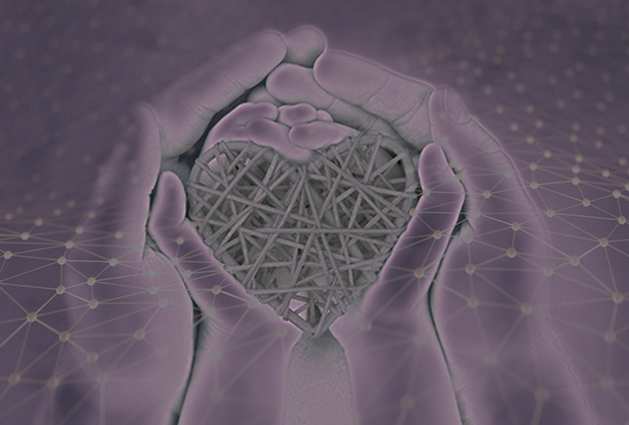Online AI-based Platform to Automatically Analyze Pediatric Heart MRIs

Nov. 07, 2019 - Children born with congenital heart disease (CHD) are surviving longer, due to advances in medical and surgical care. Currently, there are at least 1 million children living with CHD in the U.S., and those children must regularly be monitored and evaluated.
Segmenting and analyzing individual heart chambers in these children is an essential step toward understanding their conditions. The method of choice for assessing heart function and anatomy in those with CHD is cardiac MRI (magnetic resonance imaging). But hearts in kids with CHD differ from those in kids and adults without the disease, and analyzing their MRI data is challenging, time-consuming and prone to variability in interpretation by physicians.
Unique differences in the heart’s anatomy in this select population also have hampered development of automated methods for analyzing MRI data – until now.
A team led by Samueli School Professor Arash Kheradvar, who is both a bioengineer and a medical doctor, is using artificial intelligence and deep-learning algorithms to create a software platform that can automatically and effectively analyze cardiac MRIs for this growing group of patients.
The team, which includes Hamid Jafarkhani, Chancellor’s Professor of electrical engineering and computer science, and Dr. Andrew Cheng, a pediatric cardiologist at the Children’s Hospital of Los Angeles and an assistant professor of pediatrics at the USC Keck School of Medicine, recently were awarded a $200,000 grant from the 2020 American Heart Association/Amazon Web Services for Data. The funding, which is complemented by in-kind cloud services from Amazon, will allow researchers to move their novel software platform online. The team aims to ultimately make this platform globally available to all physicians and medical centers.
Kheradvar says the AI platform, already in development, dramatically reduces operator variability, achieves fast and accurate results and provides clinical-quality analyses much quicker than any human can. “A medical center in a remote area doesn’t need to have a subspecialized physician available at all times to analyze the cardiac MRI data. The MRI scanned data can be uploaded to the cloud and a complete analysis will come back promptly,” he says. “And the results are significantly less vulnerable to variabilities in interpretation by different physicians. This platform will eventually accelerate and facilitate the process of diagnosis and follow-up.”
The team’s software platform is off to a successful start. Based on comparisons with cardiac MRIs in children with CHD, which were manually analyzed by experts, it is currently achieving 83-90% accuracy.
Jafarkhani, who is leading the mathematical and signal processing aspects of creating the algorithm, is optimistic about the platform’s potential. “A hybrid combination of classic image-processing methods and modern deep-learning algorithms is very promising for segmenting cardiac MRIs,” he says.
Cheng, the pediatric cardiologist, explains that interpreting a cardiac MRI requires a significant amount of post-processing that is typically done manually by a physician. “Although automated segmentation algorithms exist, they do not perform well on children with congenital heart disease because the shape of their ventricles is often very abnormal,” he says. “This project will improve cardiac care for children by creating a widely available software platform that will provide accurate, efficient and standardized quantitative data from any cardiac MRI dataset.”
Cheng is providing 800 CHD MRI datasets to the project, some of it raw data, some already analyzed. This allows the algorithms to learn the processes of segmentation and analysis. “The algorithm is like a trainee,” explains Kheradvar. “It learns from the expert, and then eventually, it can do it by itself.”
He adds: “There are so many different types of congenital heart disease. Every heart in these children is a unique heart, and we plan to characterize them all. That is the beauty of our work.”
- Anna Lynn Spitzer
